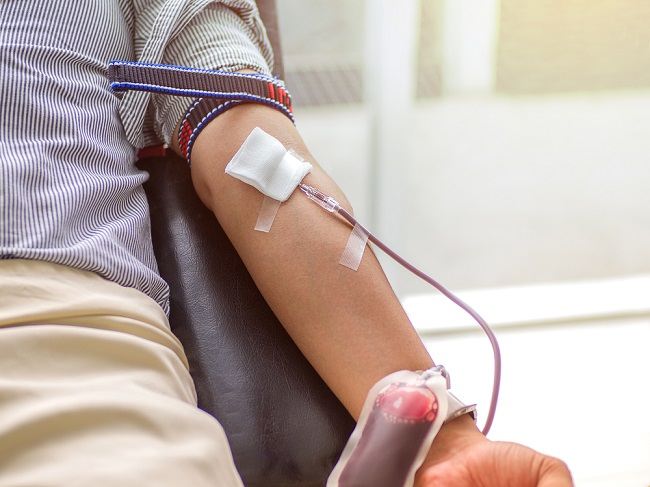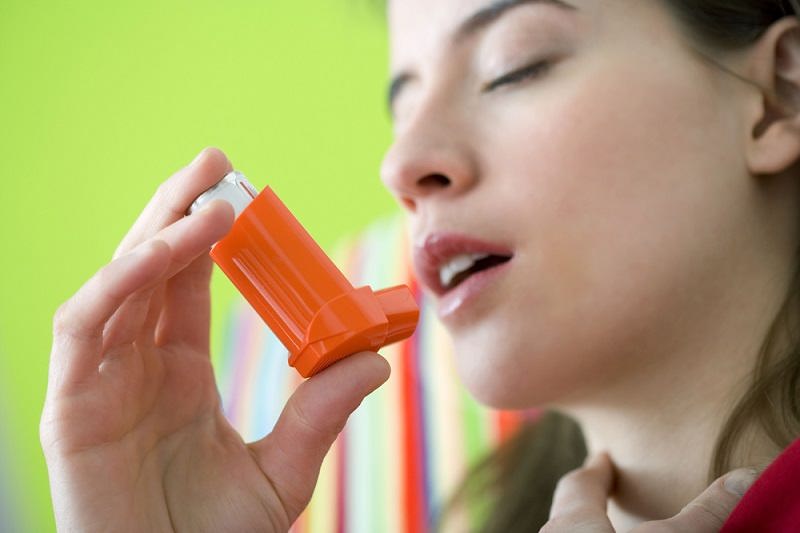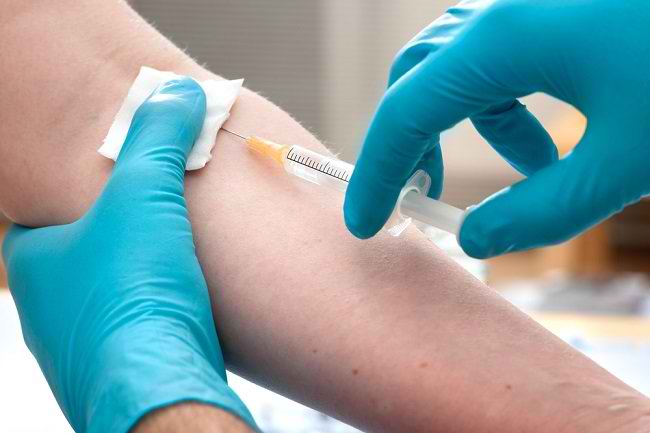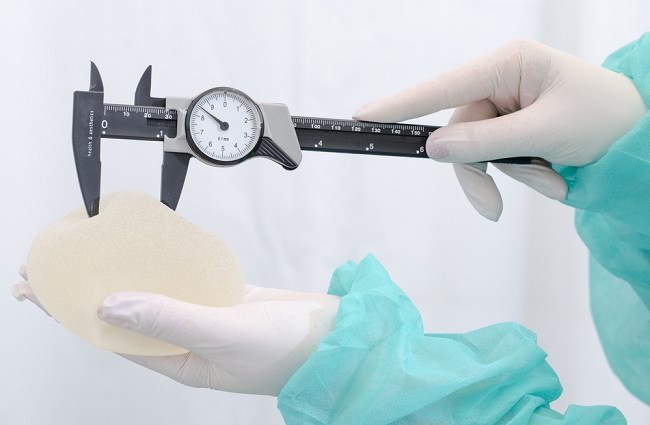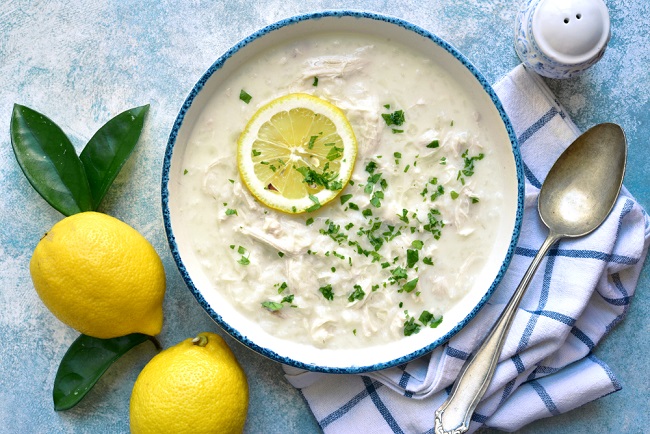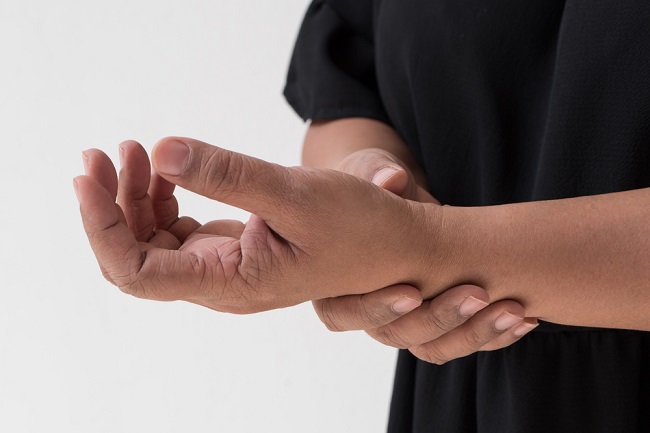The colors of nail polish or nail polish are so bright that it can attract a child's desire to try it. This may make you wonder, is it safe for children to use nail polish? To find out the answer, come on, look at this.
Use up quality time Being with girls to preen can certainly be a fun activity, right, Bun. Mother and Little One can dress up together or apply nail polish to their tiny nails.

However, like other beauty products, most nail polish is made using chemicals that are not necessarily safe for your little one.
Facts on the Safety of Using Nail Polish on Children
Nail polish contains chemicals that are actually quite safe to be applied to nails, including children's nails. However, pieces of nail polish can be swallowed when your child puts their finger in their mouth. This can endanger his health.
Until now, there has been no research that specifically addresses the dangers of using nail polish in children. However, judging from the basic ingredients, the chemical content in nail polish can have a bad impact if it enters the body.
The following are the 4 main chemicals that are commonly found in nail polish:
1. Toluene
Toluene is a chemical compound commonly found in fragrance products, cleaning solutions, paint thinner, and other household products. Excessive exposure to this substance has been shown to damage the function of the liver, kidneys, nervous system, and respiratory system.
2. Triphenyl phosphate (TPHP)
Chemical substances that are commonly used as plastic base materials are known to interfere with the endocrine gland system which plays a major role in the growth and development of children.
In addition, exposure to TPHP in a relatively long time (≥3 months) is also suspected to cause sugar levels and cholesterol levels to increase. This will also increase the child's risk of developing various chronic diseases, including diabetes.
3. Formaldehyde
Formaldehyde is an active compound that functions as a preservative and hardener for nail polish. If inhaled for a long time, these compounds can cause respiratory problems and increase the risk of developing cancer.
4. Phthalates
In addition to the basic ingredients above, nail polish also generally contains: phthalates. These chemicals can cause endocrine disruption and inhibit the production of androgen hormones. Several studies have also proven that this substance can increase the risk of allergies and interfere with the growth of children.
In addition, the use of acetone or nail polish remover is also known to cause poisoning in children if accidentally swallowed in large quantities. Symptoms that arise from acetone poisoning include lethargy, vomiting, slurred speech, ataxia, respiratory problems, and loss of consciousness.
Tips for Using Nail Polish on Kids
Because of the many dangers that lurk, the use of nail polish on children should be avoided, yes, Bun. However, if you really want or may need to apply nail polish to your little one, there are a few things you need to pay attention to:
- Choose a nail polish specially formulated for children or teens.
- Use nail polish in a well-ventilated room or in an open space, so your little one doesn't inhale chemicals.
- Don't let your little one use nail polish or nail polish remover on their own, especially if they are under the age of 3.
- Store nail polish and nail polish remover in a closed place away from your little one's reach, so you can always keep an eye on them whenever your little one uses them.
Putting nail polish on his fingers can indeed make him more adorable. However, make sure you apply the tips on using nail polish that have been described above so that your little one avoids the dangers of chemicals in nail polish.
If your little one shows worrying symptoms after applying nail polish, stop using it and take him to the doctor immediately. The doctor will perform an examination and appropriate treatment.
